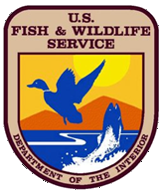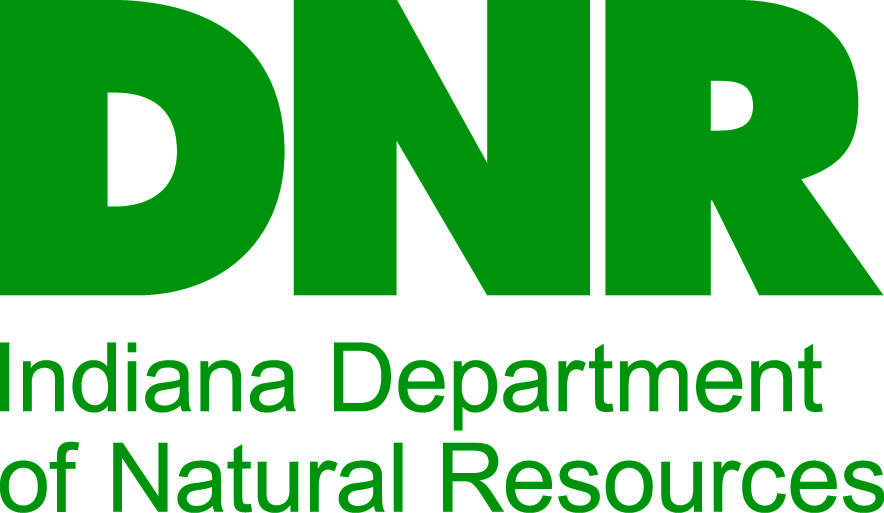Many marsh bird species are experiencing declines throughout their ranges in North America due to rapid loss of suitable wetland habitat. In addition, habitat requirements for marsh bird species and the effects of management activities on their populations in Indiana is poorly known. Therefore, there is a need for a rigorous investigation to understand how marsh birds use wetlands in Indiana.
The objective of the Indiana Marsh Bird Survey is to conduct a marsh bird habitat and management study over three years (2018-2020). This project will build upon past research to identify habitat and landscape characteristics that significantly affect the presence of secretive marsh birds, like rails and bitterns. It will inform best management practices for marsh birds, so that suitable habitat for marsh birds can be created. This will provide land managers throughout Indiana the tools to conserve these species, many of which are of conservation concern. Furthermore, this statewide survey will provide the foundation for a larger, more comprehensive monitoring program that will inform statewide population trends of secretive marsh bird species.
Read results from the 2018 Indiana Marsh Bird Survey.
The Indiana Marsh Bird Survey welcomes volunteers, both beginners and advanced birders to participate. For more information, see our Volunteer Resources page.
The Indiana Marsh bird survey focuses on focal species: American Bittern, Least Bittern, Black Rail, Sora, Virginia Rail, King Rail, Common Gallinule, and Pied-billed Grebe. Data are also collected on a set of secondary species. A full species list is available on our focal species page.
Funding for this project is provided by the Indiana Department of Natural Resources through the U.S. Fish & Wildlife Service State Wildlife Grant Program.
 |
 |
The Indiana Marsh Bird Project is a collaborative project with multiple hard-working partners from across the state: Dunes-Calumet Audubon Society, Indiana Audubon Society, Northwest Indiana Restoration Monitoring Inventory, Sassafrass Audubon Society, and The Nature Conservancy Indiana






